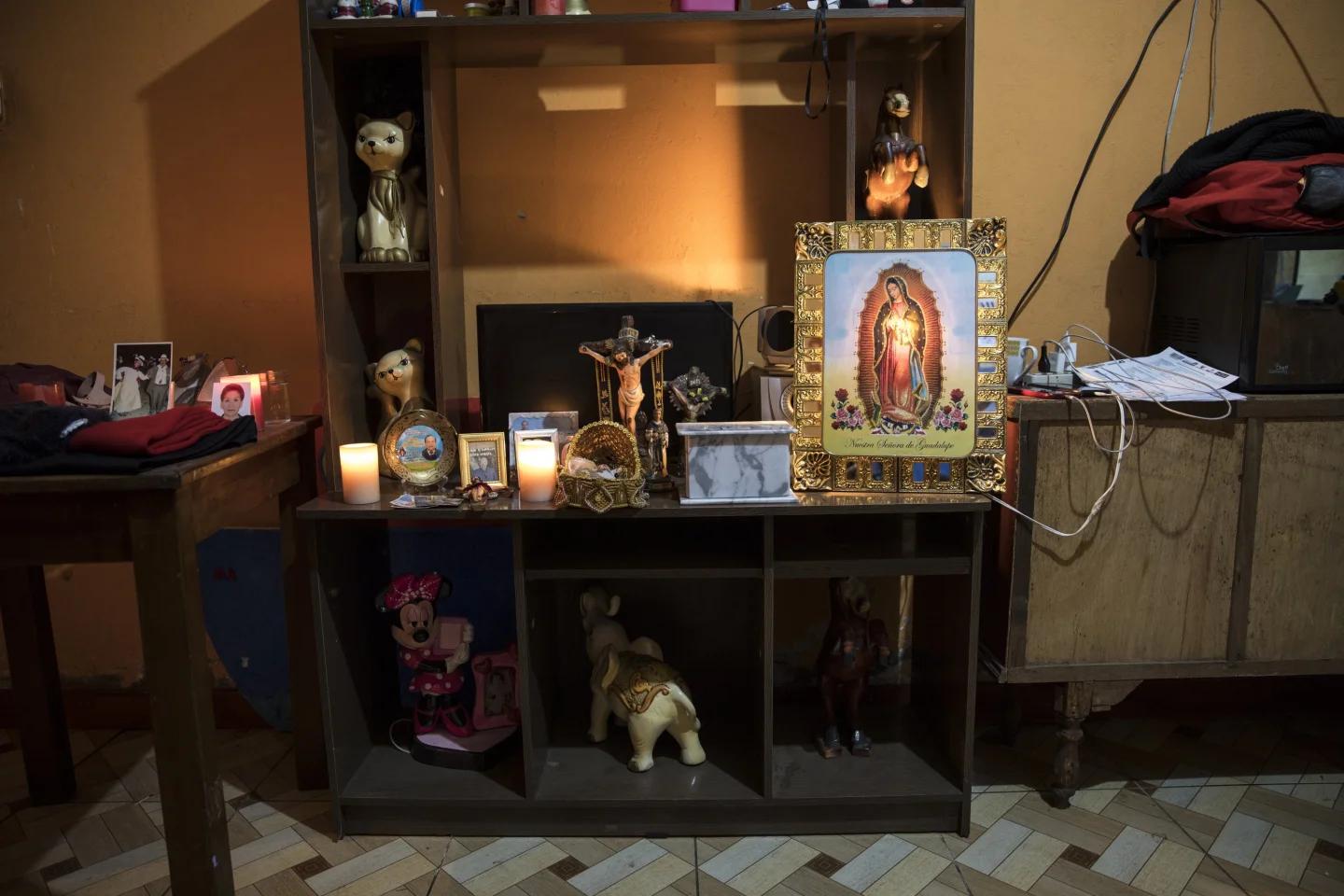ROME – In response to a new set of dubia, or doubts, on the Catholic Church’s cremation practices, the Vatican’s doctrinal office has reaffirmed a ban on spreading ashes in nature, but has said they can be conserved in “sacred places.”
In an Oct. 30 letter, Cardinal Matteo Zuppi of Bologna, president of the Italian Bishops’ Conference and Pope Francis’s special peace envoy for the war in Ukraine, asked the Vatican’s Dicastery for the Doctrine of the Faith (DDF) about preservation of the ashes of the deceased.
Zuppi reportedly said he had established a commission in the Archdiocese of Bologna in order to give “a Christian response” to problems related to the growing number of people who wish to cremate their bodies and have their ashes spread in nature.
Part of the Bologna commission’s mandate, according to a Dec. 9 response from the DDF, is also to ensure that those seeking to spread a loved one’s ashes are not doing so to cut costs, as it is cheaper to scatter ashes than to bury them, and to provide direction on what to do with ashes once the term for their preservation is over.
In this regard, Zuppi submitted two questions to the DDF, the first of which was, given the canonical ban on scattering the ashes of the deceased, whether it was possible “to prepare a defined and permanent sacred place for the commingled accumulation and preservation of the ashes of the baptized, indicating the basic details of each person so as not to lose the memory of their names, similar to what occurs in ossuaries, where the mineralized remains of the deceased are cumulatively deposited and preserved?”
His second question was whether a family was allowed “to keep a portion of their family member’s ashes in a place that is significant for the history of the deceased.”
In a response signed by both the prefect of the DDF, Cardinal Víctor Manuel Fernández, and Pope Francis himself, reference was made to an August 2016 document from the DDF addressing the same issue, titled “Ad resurgendum cum Christo: Regarding the Burial of the Deceased and the Conservation of the Ashes in the Case of Cremation.”
That document reinforced the Catholic Church’s traditional stance that ashes cannot be scattered, divided up or kept at home, but must be kept in a sacred place approved by the church, such as a cemetery.
This regulation “still retains all its validity,” the DDF said in its response to Zuppi.
Pastoral reasons for storing ashes in a sacred place, it said, are that it “ensures that they are not excluded from the prayers and remembrance of their family or the Christian community.”
“It prevents the faithful departed from being forgotten, or their remains from being shown a lack of respect, which eventuality is possible, most especially once the immediately subsequent generation has too passed away,” the DDF said, saying this also prevents “any unfitting or superstitious practices.”
Invoking the church’s belief in the resurrection of the body, the DDF said this resurrection does not mean the body will contain “the same elements that it had before it died,” and that the resurrection of the body can occur “even if the body has been totally destroyed or dispersed.”
“This helps us understand why, in many cinerary urns, the ashes of the deceased are conserved together and are not stored separately,” the DDF said, saying the deceased person’s ashes also retain part of the person’s “historical journey,” which is why the church shows special reverence for the relics of its saints.
Attention to these factors in remembrance of a loved one, the DDF said, implies an attitude of “sacred respect toward the ashes of the deceased, which we conserve in a sacred place suitable for prayer, sometimes located near the churches visited by the family and neighbors of the deceased.”
With this context in mind, the DDF upheld the church’s position that ashes must be stored in a sacred place as long as they are clearly marked, saying, “a defined and permanent sacred place can be set aside for the commingled accumulation and preservation of the ashes of deceased baptized persons, indicating the identity of each person so as not to lose the memory of their names.”
The DDF also authorized local church officials, in compliance with civil norms, to discern each request for keeping a small portion of ashes in another location of significance to the deceased on a case-by-case basis, as long as that place also has a sacred nature.
Ecclesial authorities, the DDF said, may “consider and evaluate a request by a family to preserve in an appropriate way a minimal part of the ashes of their relative in a place of significance for the history of the deceased person.”
However, the DDF cautioned that this can only be done “provided that every type of pantheistic, naturalistic, or nihilistic misunderstanding is ruled out and also provided that the ashes of the deceased are kept in a sacred place.”
Follow Elise Ann Allen on X: @eliseannallen












